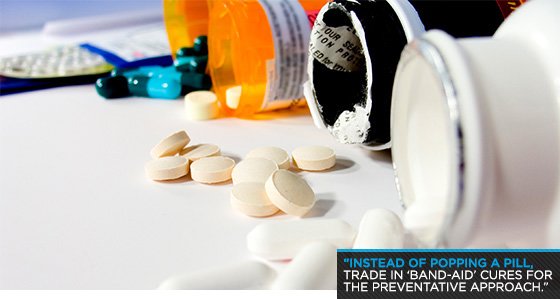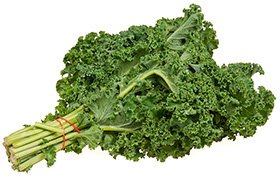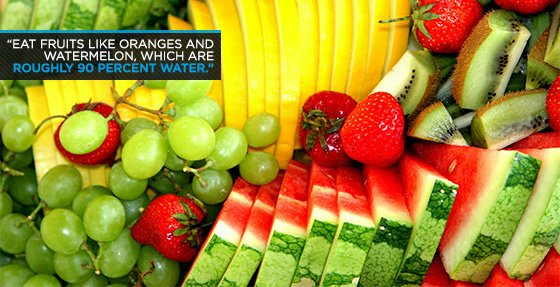4 Easy Detox Tips
 Feeling tired, sluggish, irritable? You might be in need of a little detox to get you back to your alert self.
Feeling tired, sluggish, irritable? You might be in need of a little detox to get you back to your alert self.
Detoxing is a great way to help your body get rid of built up toxins and waste products. Inflammatory foods that we are exposed to often cause symptoms like irritability, bloating, feeling tired and much more. If you’re feeling these symptoms it’s important to note what you’re eating and whether you’re staying active.
These simple four detox steps can help you dramatically feel better.
1. Stay Hydrated
Most of us don’t consume enough water. Listen to your body. It knows you best and it gives you clues of what you need. Drinking enough water can help you feel alert and most importantly the body is mostly composed of water.
There are 8 essential functions of water in your body… can you guess what they are?
Water lubricates joints, regulates body temperature, helps your kidneys and liver flush out waste products, helps prevent constipation, helps dissolve minerals, lubricates tissues around your mouth, eyes, nose, protects your organs, and carries oxygen and nutrients to your cells. (1)
Just by knowing how water functions in your body is a reason to drink water. Some people complain that they don’t like the taste of water… well there are ways to make water more appealing. Add slices of fruit or lemon slices to your water. They provide flavor and it’s still good for you.
Also start your day with warm water and lemon. Warm water and lemon has amazing benefits such as hydrating your lymph nodes, aides in digestion, boosts your immune system, balances pH levels, and aides in weight loss. To read the full benefits of warm water and lemon check out this article -> http://fitlife.tv/benefits-warm-water-lemon
2. Alkalinity is your friend
There is an imbalance in your body when your body becomes more acidic than normal. This imbalance often translates to symptoms of fatigue, skin breakouts, colds and much more. (3)
Helping your body stay at an optimal pH by eating fresh fruits and vegetables can prevent these imbalances in your body.
For more information on keeping your body alkaline, check out this article -> http://fitlife.tv/alkalizing-juice-recipes/
The alkaline diet is mostly composed of vegetables, nuts, legumes, drinking enough water. Eating fresh vegetables, avoiding GMO or processed foods, avoiding coffee and alcohol can increase the pH of your urine and in turn lower your risk of kidney stones. (2)
Juicing fresh vegetables is a great way to cleanse your body and help your body stay a optimal pH level.
3. MOVE!
Exercising at least 30 minutes a day can help excrete waste and toxins through the process of sweating.Exercising releases endorphins in your brain – this in turn makes you feel good and happy. Exercising and breathing deeply can release carbon dioxide from you body and this in turn helps purify your body. In general exercising can help you strengthen your muscles and remember your heart is a muscle so start walking.
4. JUICE!!!!!
Juicing is a great way to detox your body. Many people ask me why they should juice when they could eat the vegetables or fruits. When you extract the juice from the vegetable all you are left with are beneficial micronutrients. Since your body doesn’t have to break down any components like insoluble fiber, your body is quickly absorbing micronutrients, antioxidants, vitamins, minerals and much more from the juice. That’s why often you get instant energy after having a juice!
Juicing also allows you to consume the needed vegetables and fruits that your body craves and needs for optimal health. If you find it difficult eating raw vegetables and fruit, then juicing is perfect for you. With juicing you are also getting a wide variety of different vegetables into your daily intake.
Juicing is a way to change the way you eat and will change the way you live. After you juice for a week, you will see and feel instant results. Often after the first week , my clients tell me how much more energy they have, how their skin has improved and how much overall mental clarity they have. Also, a juice detox program , can help you change your taste buds and quit bad habits like smoking.











